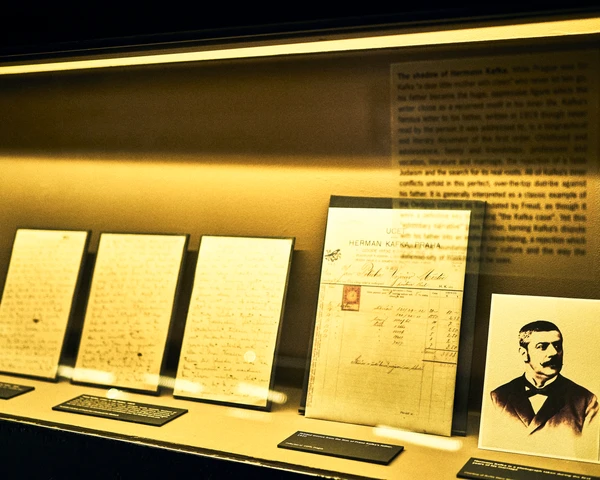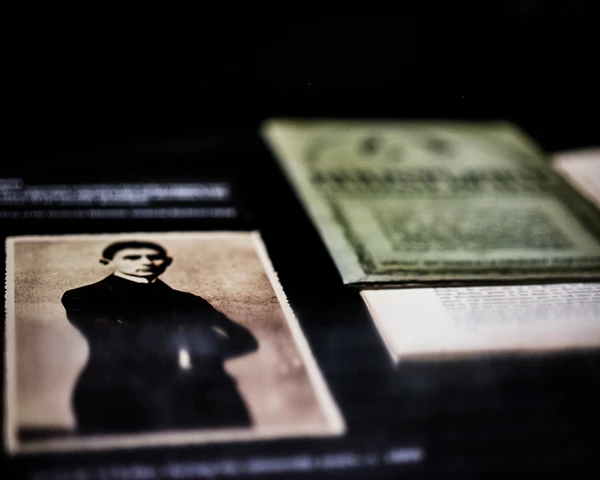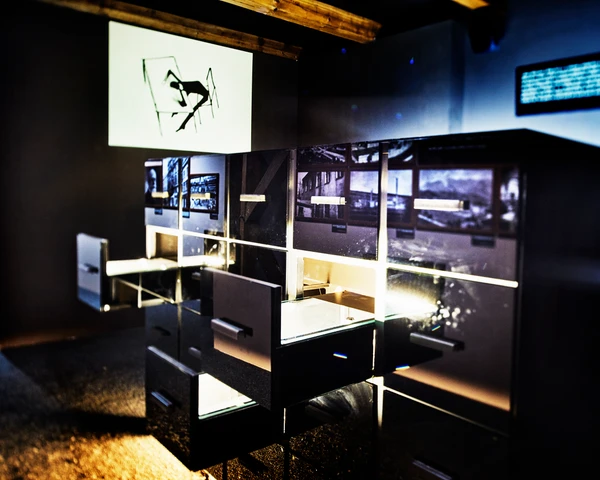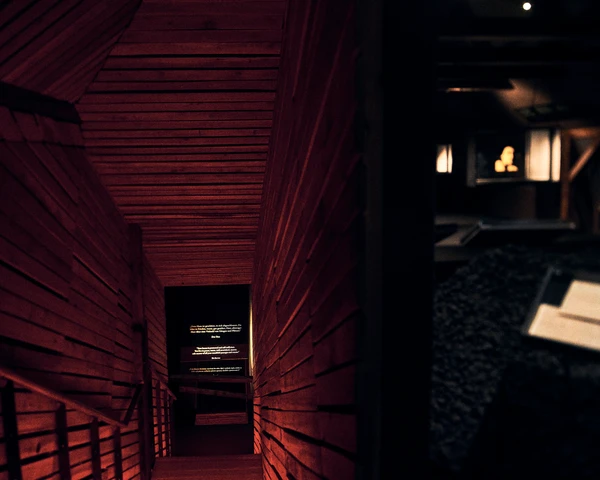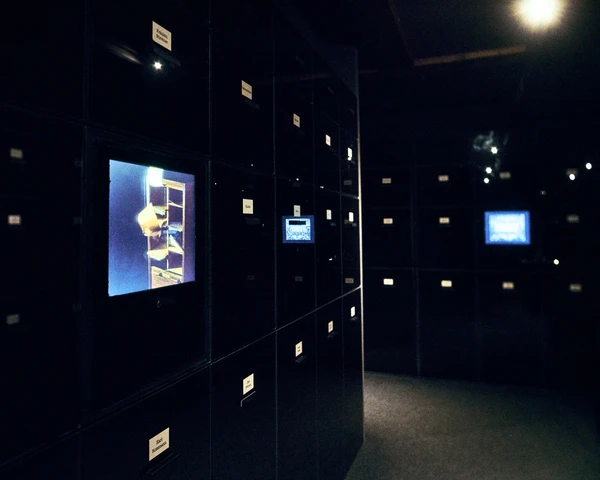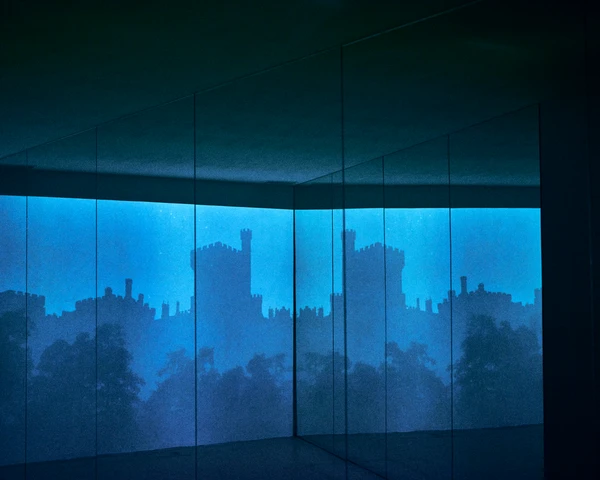The way in which Kafka depicts his city presents one of the most enigmatic approaches in modern literature. With only occasional exceptions, Kafka does not name the places he describes in his novels and stories.
Exhibition
The long-term exhibition offers a glimpse into the world of the famous Prague native Franz Kafka (1883 – 1924), one of the most important figures in world literature of the 20th century.

The exhibition presents
THE EXHIBITION CONSISTS OF TWO SECTIONS
EXISTENTIAL SPACE
The first stage of our immersion into Kafka’s world presents the way Prague shaped the author’s life, the mark it left on him and how its transformative power affected him. His diaries and extensive correspondence with family members, friends, lovers and publishers bear witness to this influence.
Our challenge is to try and capture the main conflicts in Franz Kafka’s life and be guided by the author’s views.
IMAGINARY TOPOGRAPHY
Quite often we can observe attempts to prove that Kafka’s fictional works take place in Prague. It is generally understood that the anonymous cathedral in The Trial is none other than St. Vitus Cathedral; that the path taken by Joseph K. in the last chapter of the same book goes from the Old Town, across Charles Bridge to the outer limits of the Lesser Town. It is also said that the view from Bendemann’s window in The Judgment features the embankment, the Vltava River and its opposite bank in the same manner as it can be seen from the Mikulášská Street (today’s Pařížská Street), where Kafka’s family lived in 1912. Efforts have been made to prove that Prague’s topography is ever present despite going unnamed.
It is, however, not important. Kafka’s surreal architecture strives for other goals. The method in Kafka’s fiction is much more complex: he transforms Prague into an imaginary topography. The city takes a step back, and is no longer recognizable by its buildings, bridges and monuments. It is no longer important to identify a particular office, primary or secondary school, university, church, prison or castle, as these structures function in the role of metaphors and allegorical places.
Where to find us
Hergetova Cihelna
Cihelná 2b
Malá Strana - Prague 1
118 00
